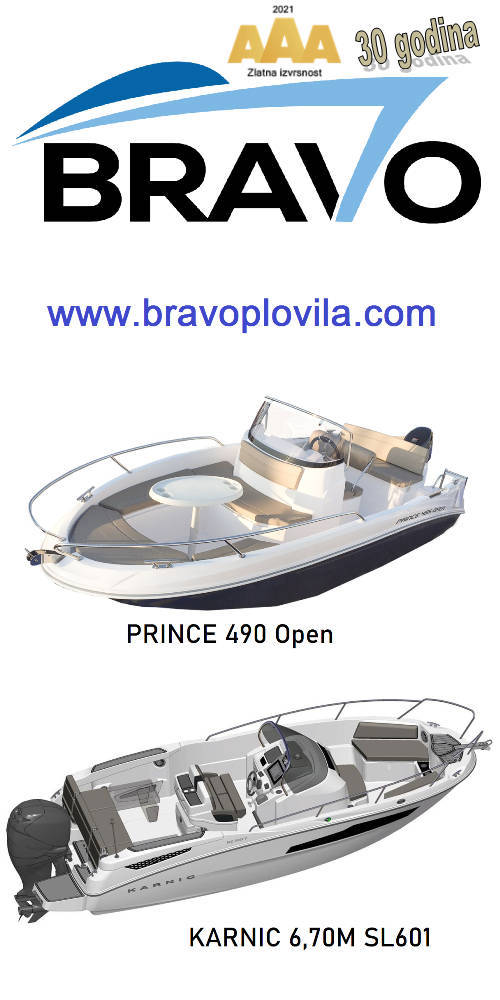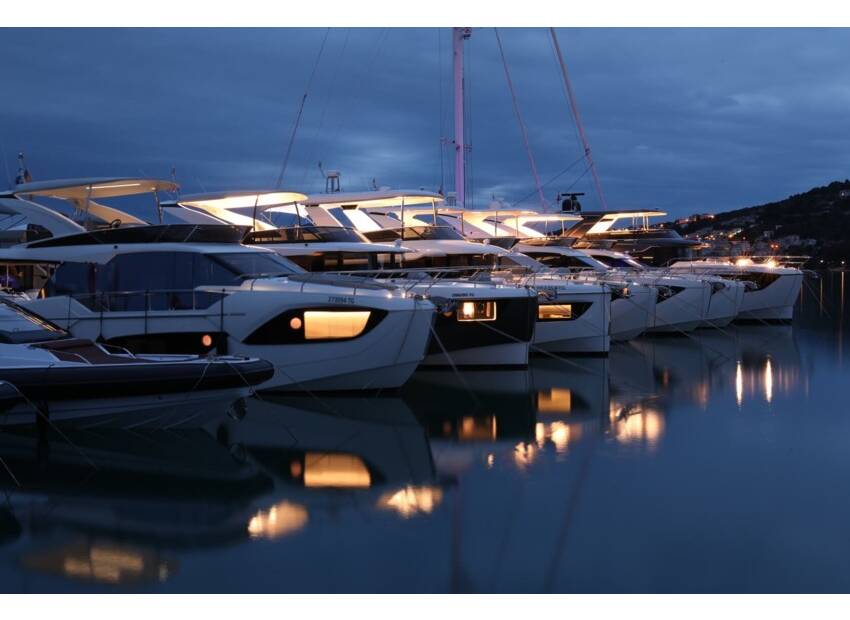What do you do when you are sailing offshore and you find yourself in a storm? How can you deal with storms so you don´t break expensive gear and people don´t get hurt?
Storm management for cruisers is mostly common sense and is within the ability of ordinary people who venture offshore in seaworthy yachts.
Storm management is all about energy management. Large storms have lots of energy, and you need to learn how to deal safely with all that energy if you want to stay out of harms way. Storm management is actually energy management. If the energy in a storm gets transferred to your yacht - coupled to your sailboat - then you have to safely dissipate all that energy so that nothing bad happens.
Most people don´t understand the physics of storms and how they couple energy to your yacht. The basic concept is this: A storm contains massive amounts of energy, but if you don´t let that energy climb on board your yacht, you will fare well during a storm. Conversely, if you sail in an uncontrolled and dangerous manner allowing the storm to couple its destructive energy to your yacht, then don´t be surprised if you or your yacht are hurt.
First, let´s talk about energy in a simple way so you can understand the magnitude of the forces at work in a storm. What you need to understand is the amount of energy in your yacht. I will give you a simple scale of relative energy that is easy to understand.
To create this energy scale, you need some simple mathematics to comprehend what´s happening.
Here is a formula that puts things in perspective:
KE = 1/2 Mass x Velocity Squared
This equation states that the kinetic energy of your yacht is equal to one half the mass of your yacht multiplied by the square of your yacht´s speed. When you look at this equation, you can pretty much ignore the mass of your vessel because it isn´t going to change significantly during a storm unless you throw things overboard and lighten ship.
If you ignore the mass of your boat, the equation becomes KE = Velocity Squared. This simplified equation works well for purposes of our discussion. The equation means that the amount of energy your boat has to safely dissipate is directly related to the square of the speed of your yacht. If you double the speed, the kinetic energy goes up four times.
Check out these numbers to see how the relative kinetic energy of your vessel changes with your speed.
YACHT SPEED = 0 KINETIC ENERGY = 0
YACHT SPEED = 1 KINETIC ENERGY = 1
YACHT SPEED = 2 KINETIC ENERGY = 4
YACHT SPEED = 3 KINETIC ENERGY = 9
YACHT SPEED = 4 KINETIC ENERGY = 16
YACHT SPEED = 5 KINETIC ENERGY = 25
YACHT SPEED = 6 KINETIC ENERGY = 36
YACHT SPEED = 7 KINETIC ENERGY = 49
YACHT SPEED = 8 KINETIC ENERGY = 64
YACHT SPEED = 9 KINETIC ENERGY = 81
YACHT SPEED =10 KINETIC ENERGY = 100
YACHT SPEED =12 KINETIC ENERGY = 144
YACHT SPEED =16 KINETIC ENERGY = 256
YACHT SPEED =20 KINETIC ENERGY = 400
This scale that shows the relative amount of kinetic energy you have on board at different speeds. You can see that when your yacht speed is zero, you have essentially zero kinetic energy. At one knot, you have one unit of kinetic energy, at four knots you have 16 units of kinetic energy, at eight knots you have 64 units of kinetic energy, and at 16 knots of boat speed you have 256 units of kinetic energy on board.
When my sailboat was surfing at eighteen knots in the Atlantic Ocean during a storm, I had to safely dissipate 324 units of kinetic energy to stay out of trouble. My catamaran was going so fast and had so much energy on board that the slightest mistake by the helmsman or autopilot could result in personal injury, damage to the yacht, broach, or even capsize.
When your speed gets out of control, the kinetic energy rises astronomically, and you better not make a mistake, because all that energy is going to hurt you.
This relative scale of kinetic energy shows that when you are hove to or lying to a parach






















